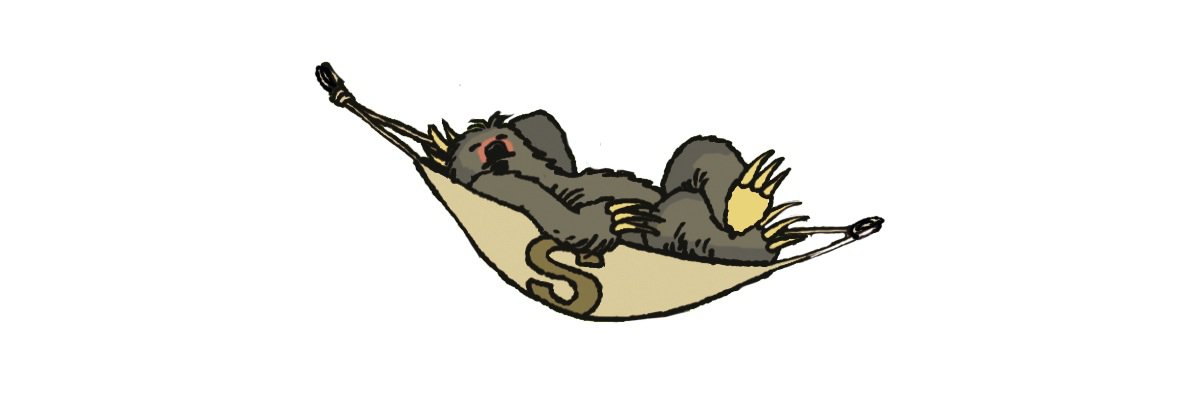Any teacher knows that a good posture enhances non-cognitive skills as well as cognitive skills. The teacher as game master can decide to focus on the way the pupil holds himself while playing Ahrbol.

The physical activity of playing with a ball will promote and upright posture as opposed to be the very often slumped posture while playing computer games. The teacher can also stimulate postural skills while the pupils are being seated or standing when playing Ahrbol. The upright posture should be attended to while holding the ball, as well as during listening to the others or while talking. Only too often pupils slack when they are not focused. But this slacking only makes the loss of attention worse. The posture is an indication of the body-mind connection and reveals the attitude of the pupil. The game master uses the game of Ahrbol as a means of attending to one's posture, to remain an open body structure, yet ready throughout the game. And not to tense up while holding the ball or slump while not holding the ball.

Another non-cognitive skill a teacher can choose to develop is apt behavior. Multiple studies have shown behavior is at least as important for an overall success in life as "pure cognition". Apt behavior makes the most of your potential. It takes into account the whole person and his knowledge and makes it work to the fullest, fully adapted to any given circumstances. Teaching with Ahrbol helps to develop such skills as inhibition, self-control, self-monitoring and self-vocalization. Inhibition as a way of knowing when to move readily and when just to wait, whilst saving energy is very important in today's world. Where so much is going on at the same time, it is easy to get lost and waste time and energy on futile projects.
Inhibition can be trained with Ahrbol, as the player has to wait till it is his turn to play. But at the same time he has to stay alert by listening to the questions of others. This means a training of self-control and self-monitoring. Remembering your own observations of the ball and the questions of the other players. This is a training for what happens in any situation in life. You have to be self-aware, conscious, yet not forget the world around you. If you either forget yourself or forget to listen to your fellow human beings, you are most likely to miss opportunities to evolve or to work together.
When it is your turn it is important to vocalize your questions accurately and in such a way that everybody understands you. This helps in the process of sharing information, a very important trait in today's information-bound society. The ability to filter what is needed and what not is vital. This sharing of information is not only key to Ahrbol, but it helps an individual to become more social and disciplined at the same time. As not to ramble about trivialities that will not help the game. Another feature vital to modern society: to know when to stop sharing and to know what to share and what not. Only too often young people have not enough self-control to decide what to share over the internet and what not.
All of these behavioral skills can be practiced while playing Ahrbol.

The teacher as game master can use Ahrbol to develop gross motor skills by focusing on the throwing and catching of the ball. This improves general spatial skills. As Ahrbol is a big beach ball, it can be used from an early age on to train those 3D- body movements that make us so unique. A young child can be taught to throw and catch Ahrbol, by learning unconsciously how to calculate the lobe the ball has to make. This can only be done through practice. Throwing Ahrbol is harmless, as it is very light. The vivid colors make it also very attractive for a young mind.
The finding of an object on the ball enhances hand-eye coordination. This should also be taught formally and not be left to develop by itself. A lot of other human skills depend on a well-developed hand-eye coordination. From a smith, over a tailor to a brain surgeon. All these professions require an excellent hand-eye coordination.
Playing Ahrbol activates the body and mind, and especially their connection. This ensures a healthier development of the person than by just sitting and moving fingers across an electronic device.
Another physical skill that is worked on by using Ahrbol is "attention" and moreover the ability to stay focused. Many people are under the impression that "attention" is a mental capacity. While "attention" is the most physical activity of all, by directing the mind towards the world and at the same time not to forget the body. Otherwise the person would collapse or the mind will drift. The teacher can decide to pay attention to this specific treat during the game. By lengthening the game or by adjusting the number of questions a person can ask.

Ahrbol can also be used by a teacher to develop a number of cognitive skills, ranging from "general recognition of objects, to letters, numbers, expanding vocabulary, learning foreign languages". This depends on the goal the teacher sets and the level of the student. The simplest way of using Ahrbol is for recognition of objects, in which the ball replaces a picture book or an electronic device to show to the student, no matter the age. The advantage of Ahrbol being a better use of the body, as the student has to hold the ball.
Ahrbol contains many letters, numbers and signs, that can be used to teach. As a playful way of enhancing the knowledge of those signs. On top of that Ahrbol can be used for language training. First of all, training the mother tongue by vocalizing questions and objects, but the same can be done in a foreign language. Ahrbol comes with a list of over 2400 objects that can be found on the ball. The ball then functions as a word list instead of a book.
Anyone can decide to use the ball for formal instruction, by setting a certain goal for cognition whether that be to find animals or fruit, or triangles or garden tools. The fact that people have to hold a ball, be active with a ball and use their mind at the same time will make for better knowledge of whatever the subject of choice was. And for sure it will have been more fun and will as such invite to gather more knowledge.
<< Formal learning



